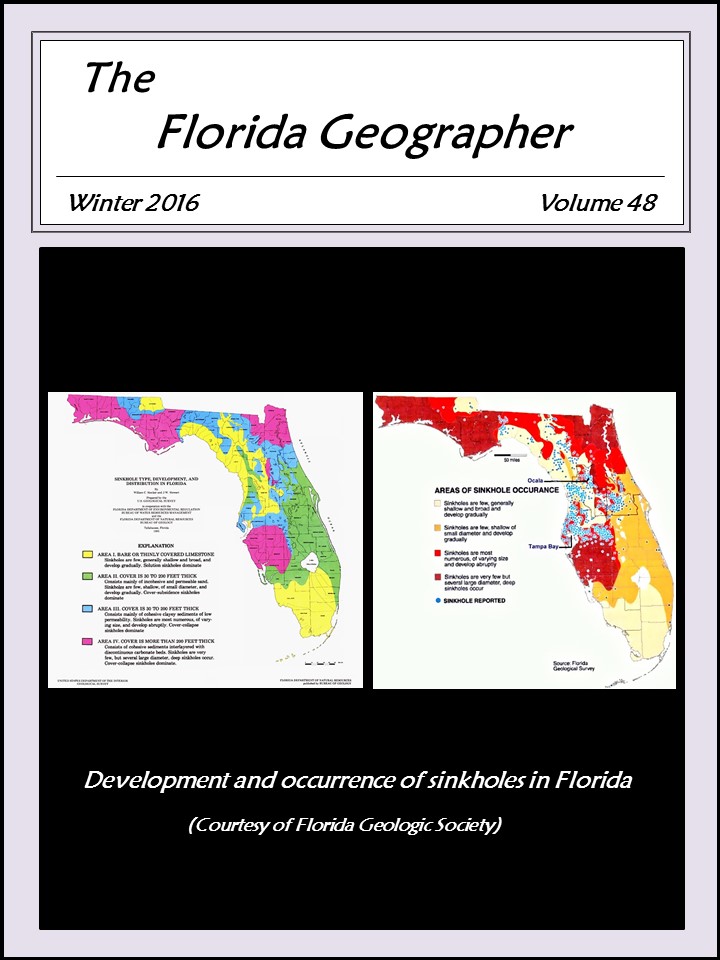Exploring the Geography of Sexual Offender Residency Issues in Florida
Keywords:
sexual offender, Florida, Broward, Miami-Dade, Monroe, residency restrictions, GIS, displacement, transientAbstract
This paper explores the registered sexual offender (RSO) residency requirements, restrictions, and issues within Broward, Miami-Dade, and Monroe counties in Florida. While Florida statute 775.215 does not allow RSOs to live within 1,000 feet of a school, childcare facility, park, or playground, county and local ordinances often impose more restrictive residency requirements. Because of these requirements as well as more extensive residency restrictions on a county and city level, RSOs abiding by the requirements often end up living in clusters and/or colonies like the infamous Julia Tuttle Causeway cluster. As a result, these restrictions create clusters of SROs within socially disorganized areas, higher levels of transient SROs, and SROs who abscond and fail to report. This paper examines, though the use of ArcGIS 10.3, the number of registered RSOs that violate the state statute by where they live; and investigates the hot spots and residency clusters where they are in violation as well as in regulation as it pertains to the statute. Using the baseline of 1,000 feet, there are 905 RSOs (31% of the overall total RSOs) violating Florida statute within the tri-county area of Broward, Miami-Dade, and Monroe counties.

